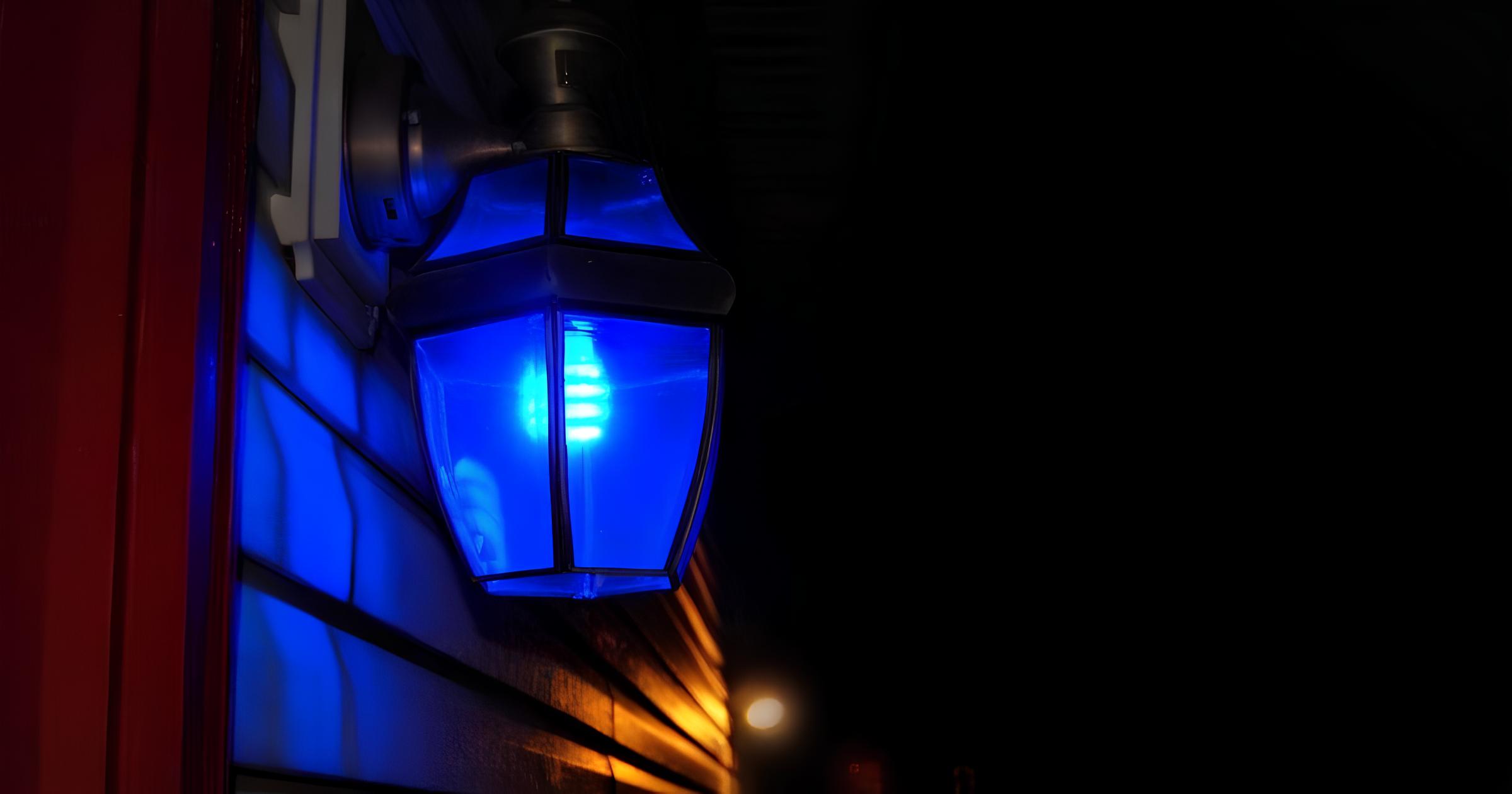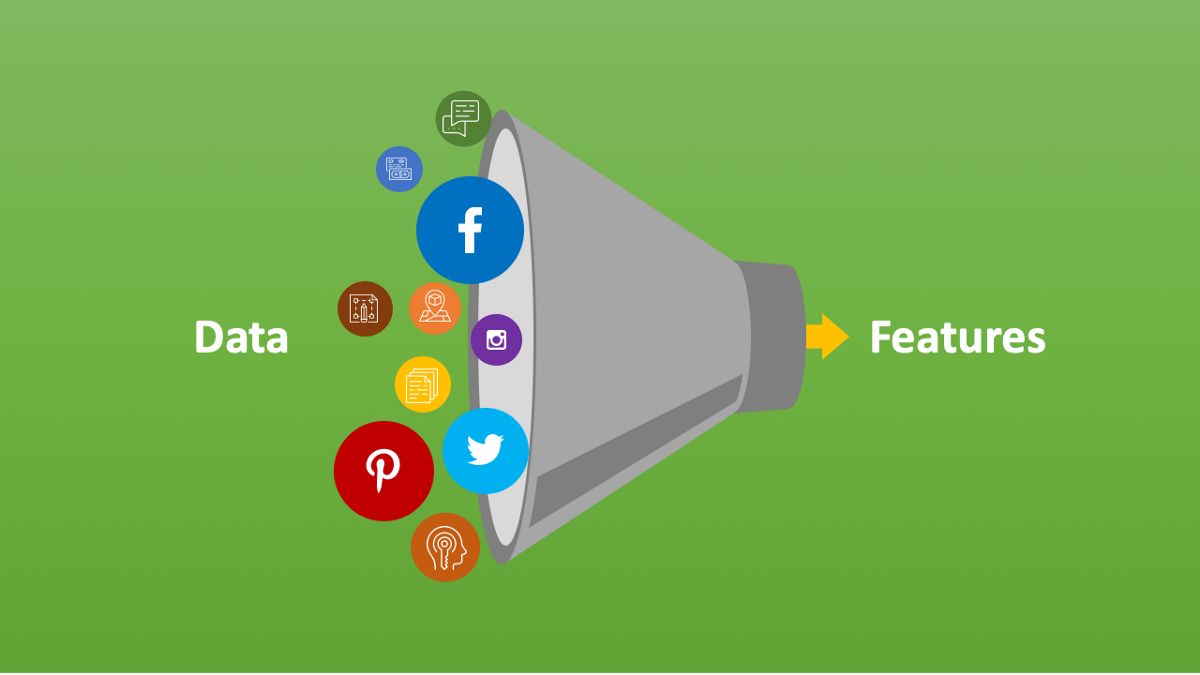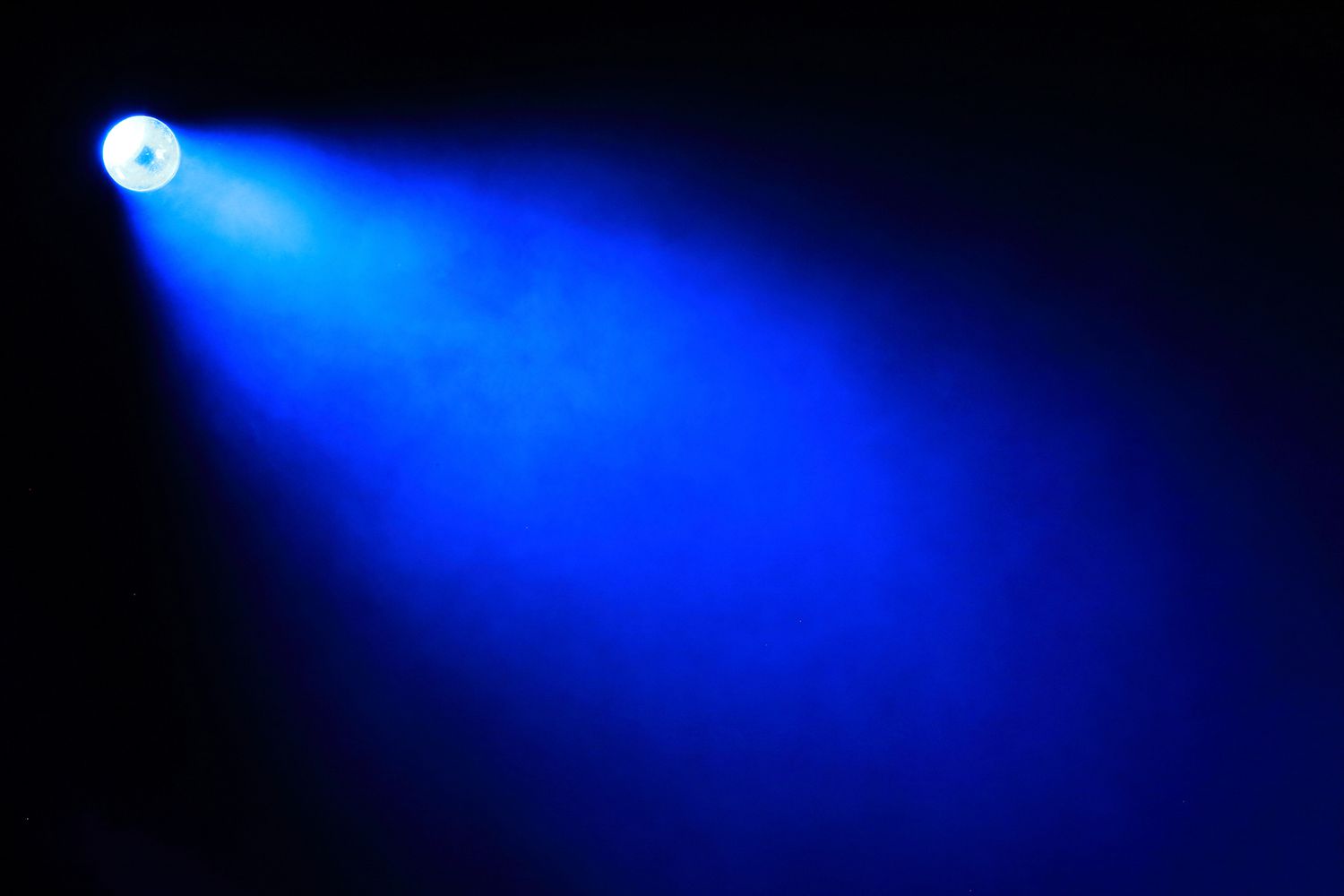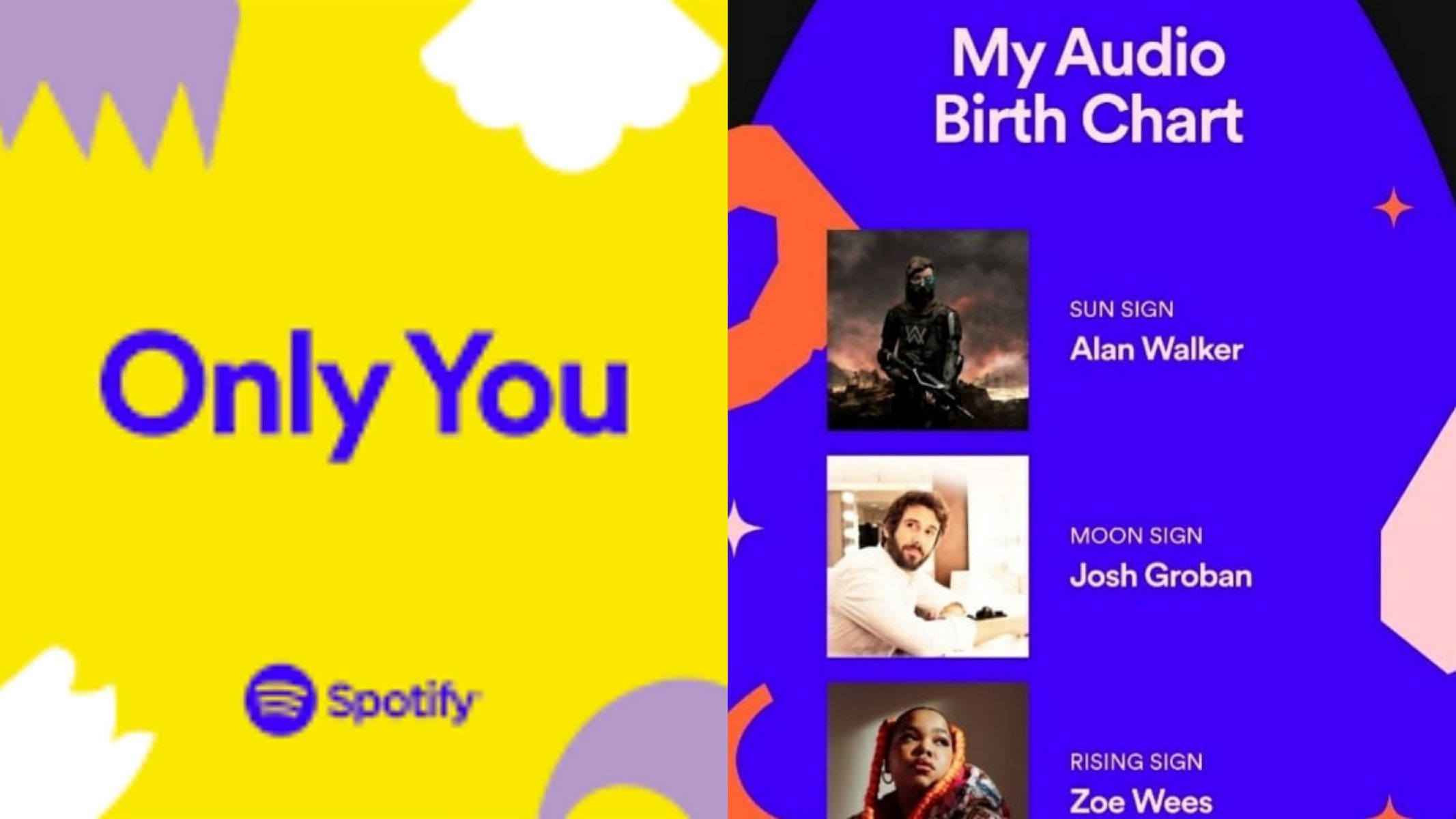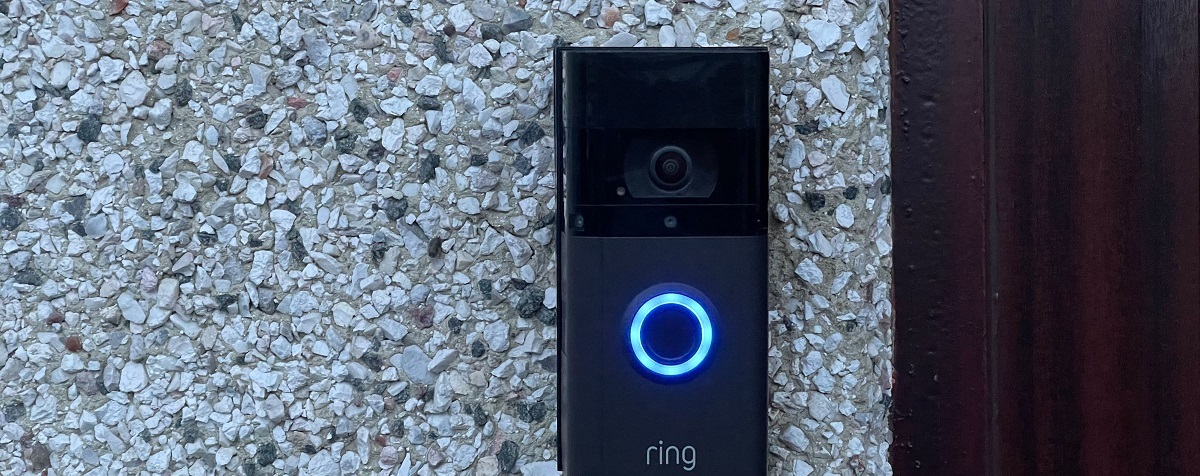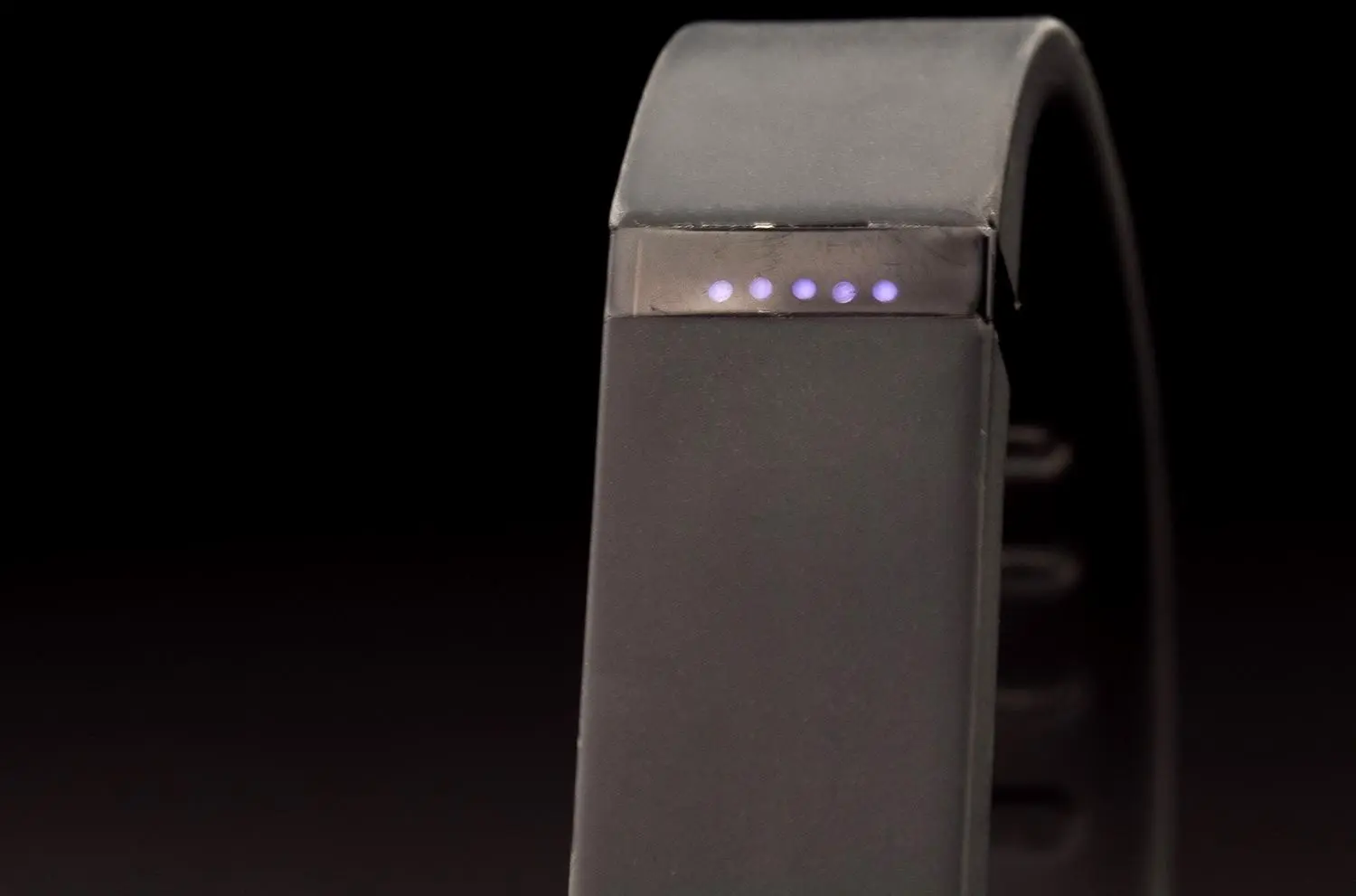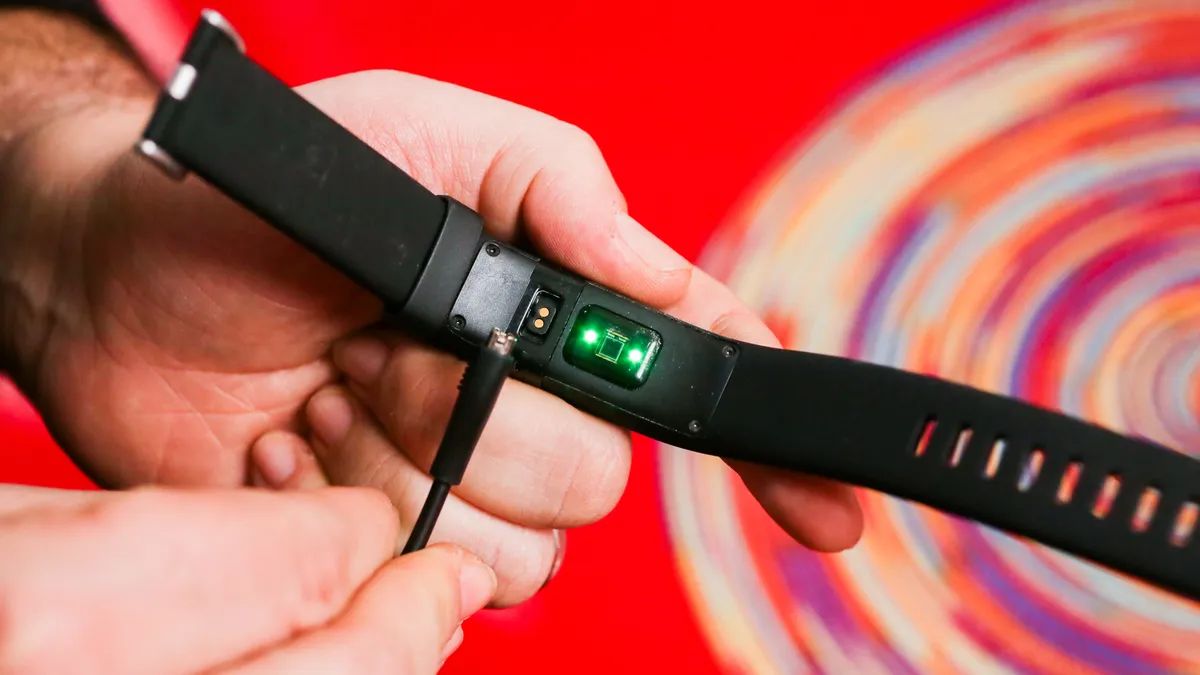Introduction
Blue light has become an increasingly prevalent topic in today's digital age, capturing attention for its impact on both the environment and human health. As we go about our daily lives, it's essential to recognize the significance of blue light, particularly when it emanates from sources outside our homes. Understanding the nature of blue light, its sources, and its effects is crucial for making informed decisions about how to mitigate its potential negative impacts. In this article, we will delve into the world of blue light, exploring its origins, its effects on the environment and human health, and practical strategies for minimizing exposure outside our homes.
With the widespread use of energy-efficient LED lighting and the omnipresence of digital screens, blue light has permeated our surroundings. By comprehending the implications of this pervasive light, we can take proactive steps to safeguard both the environment and our well-being. Let's embark on a journey to unravel the mysteries of blue light and gain valuable insights into its effects, ultimately empowering ourselves to make informed choices for a healthier and more sustainable lifestyle.
What is Blue Light?
Blue light is a subset of the visible light spectrum, characterized by its short wavelength and high energy. It is part of the light spectrum that is visible to the human eye and is present in natural sunlight, giving the sky its characteristic blue color. In recent years, the proliferation of artificial sources of blue light, such as LED lighting and digital screens, has brought increased attention to its potential effects on both the environment and human health.
The blue light spectrum ranges from approximately 380 to 500 nanometers, making it one of the highest energy wavelengths within the visible light spectrum. This high energy is what contributes to both its beneficial and potentially harmful effects. Blue light plays a crucial role in regulating our circadian rhythm, influencing our sleep-wake cycles and overall well-being. In natural settings, exposure to blue light during the day can boost alertness and elevate mood, contributing to a sense of vitality and wakefulness.
However, the prevalence of artificial sources of blue light, particularly in the form of LED lighting and digital devices, has raised concerns about overexposure. Prolonged and excessive exposure to artificial blue light, especially during evening hours, can disrupt circadian rhythms and interfere with the body's natural sleep patterns. This disruption can lead to sleep disturbances and potential long-term health implications.
Moreover, blue light's impact extends beyond human health, as it can also affect the environment. The widespread use of blue-rich LED outdoor lighting has been linked to light pollution, which can disrupt ecosystems and negatively impact wildlife, particularly nocturnal animals and migratory birds.
Understanding the nature of blue light, its properties, and its effects is essential for making informed decisions about its use and mitigating potential adverse impacts. By gaining a deeper comprehension of blue light, we can explore strategies to harness its benefits while minimizing its potential drawbacks, both for ourselves and the world around us.
Sources of Blue Light Outside Your House
The sources of blue light outside your house are diverse and pervasive, contributing to the omnipresence of this high-energy wavelength in our daily lives. Understanding these sources is crucial for comprehending the extent of blue light exposure and its potential impacts on both human health and the environment.
-
Outdoor Lighting:
- LED Streetlights: Many municipalities have transitioned to energy-efficient LED streetlights, which emit a significant amount of blue light. While these lights offer enhanced visibility and energy savings, they also contribute to the overall ambient blue light in urban and suburban environments.
- Security Lights: Outdoor security lighting, often equipped with bright LED bulbs, can emit substantial amounts of blue light. These lights, intended to enhance safety and deter intruders, can inadvertently contribute to light pollution and potential health implications.
-
Commercial and Public Spaces:
- Retail Establishments: The exterior lighting of shopping centers, restaurants, and other commercial spaces frequently incorporates blue-rich LED lighting for aesthetic appeal and visibility. These sources add to the cumulative blue light exposure in outdoor environments.
- Public Facilities: Parks, recreational areas, and public buildings often utilize outdoor lighting, including blue-rich LEDs, to ensure safety and visibility during evening hours. While serving a practical purpose, these lighting fixtures contribute to the overall presence of blue light in outdoor spaces.
-
Vehicular Lighting:
- Automobile Headlights: The widespread use of LED and xenon headlights in modern vehicles has increased the prevalence of blue light on roadways and in residential areas. The intense blue-white light emitted by these headlights can contribute to light pollution and potential discomfort for pedestrians and residents.
-
Digital Billboards and Signage:
- Advertising Displays: Large digital billboards and illuminated signage utilize LED technology, often emitting blue light to enhance visibility and attract attention. These displays, prevalent in urban and commercial areas, contribute to the outdoor presence of blue light.
-
Recreational and Entertainment Venues:
- Sports Arenas and Stadiums: Outdoor sports venues and stadiums often feature powerful lighting systems, including blue-rich LEDs, to illuminate the playing field and provide optimal visibility for spectators. These venues contribute to the outdoor ambient blue light, especially during evening events.
By recognizing the various sources of blue light outside our homes, we can gain a comprehensive understanding of the pervasive nature of this high-energy wavelength in outdoor environments. This awareness forms the foundation for exploring strategies to mitigate excessive blue light exposure and its potential implications for human health and the surrounding ecosystem.
Effects of Blue Light on the Environment
The effects of blue light on the environment are multifaceted, encompassing ecological, astronomical, and biological implications. One of the most prominent concerns related to blue light is its contribution to light pollution. The widespread use of blue-rich LED outdoor lighting has significantly amplified light pollution in urban, suburban, and industrial areas. This excessive artificial illumination not only obscures our view of the stars and celestial bodies but also disrupts natural ecosystems and wildlife behavior.
Light pollution poses a significant threat to nocturnal animals, such as bats, owls, and insects, which rely on darkness for foraging, navigation, and reproduction. The presence of artificial blue light at night can disorient these creatures, leading to adverse effects on their natural behaviors and ecological roles. Additionally, migratory birds, guided by natural light cues, can become disoriented and exhausted by the glare of city lights, leading to collisions with buildings and other structures.
Furthermore, blue light can interfere with the natural rhythms and behaviors of plant life. Certain species of plants, particularly those sensitive to light cycles, can be adversely affected by artificial illumination at night. This disruption can impact the flowering patterns, growth processes, and overall ecological balance of plant communities.
Astronomical research and stargazing activities are also significantly impacted by blue light pollution. The bright, blue-tinted skies resulting from artificial outdoor lighting obscure the visibility of stars and celestial phenomena, diminishing the awe-inspiring experience of observing the night sky. This not only affects the recreational enjoyment of stargazing but also hinders scientific research and astronomical observations.
Moreover, excessive blue light in outdoor environments can contribute to energy wastage and carbon emissions. Inefficient outdoor lighting, particularly blue-rich LED fixtures, can lead to unnecessary energy consumption and light spillage, exacerbating the environmental impact of artificial illumination.
Recognizing the environmental effects of blue light underscores the importance of implementing responsible lighting practices and technologies. By adopting strategies to minimize light pollution, such as utilizing warm-colored, shielded outdoor lighting and implementing smart lighting controls, we can mitigate the adverse environmental impacts of blue light while promoting sustainable coexistence with the natural world.
Understanding the intricate relationship between blue light and the environment empowers us to make informed decisions that prioritize ecological preservation and the conservation of natural habitats and ecosystems. By embracing environmentally conscious lighting practices, we can strive to create outdoor spaces that harmonize with the surrounding environment, minimize light pollution, and safeguard the well-being of wildlife and the splendor of the night sky.
Effects of Blue Light on Human Health
The effects of blue light on human health have garnered significant attention due to the pervasive presence of artificial sources of blue light in modern society. Prolonged exposure to blue light, especially during evening hours, can have profound implications for our well-being, particularly in relation to sleep patterns, eye health, and overall physiological functions.
One of the primary concerns regarding blue light exposure pertains to its impact on sleep quality and the regulation of circadian rhythms. The human body's natural circadian rhythm, governed by the internal biological clock, is influenced by environmental cues, including light and darkness. Exposure to blue light, especially in the evening and nighttime, can disrupt the production of melatonin, a hormone essential for regulating sleep-wake cycles. This disruption can lead to difficulties in falling asleep, reduced overall sleep duration, and diminished sleep quality. Prolonged sleep disturbances resulting from blue light exposure have been associated with an increased risk of chronic health conditions, including cardiovascular disorders, metabolic dysfunction, and compromised immune function.
Moreover, prolonged exposure to blue light from digital screens and artificial lighting can exert strain on the eyes and contribute to visual discomfort. The high-energy wavelengths of blue light can penetrate deep into the eye, potentially causing retinal damage and increasing the risk of age-related macular degeneration. Additionally, extended screen time and blue light exposure have been linked to symptoms of digital eye strain, including eye fatigue, dryness, and blurred vision. These effects can impact visual acuity and overall ocular health, necessitating proactive measures to mitigate the potential harm to the eyes.
Furthermore, the influence of blue light on overall physiological functions and mental well-being is a subject of ongoing research and concern. Studies have suggested that excessive exposure to blue light, particularly in the evening, can disrupt hormonal balance, mood regulation, and cognitive performance. The suppression of melatonin production due to blue light exposure can not only affect sleep but also impact mood and cognitive functions, potentially leading to increased stress, anxiety, and diminished mental acuity.
Understanding the multifaceted effects of blue light on human health underscores the importance of implementing strategies to minimize excessive exposure, particularly during evening hours. By incorporating practices such as reducing screen time before bedtime, utilizing blue light filters on digital devices, and adopting warm-colored, low-blue light sources for evening illumination, individuals can mitigate the potential health impacts of blue light. Additionally, fostering awareness of responsible lighting practices and promoting the use of blue light-reducing technologies can contribute to safeguarding human health in the face of pervasive artificial illumination.
In essence, recognizing the intricate interplay between blue light and human health empowers individuals to make informed choices that prioritize wellness and mitigate potential adverse effects. By embracing proactive measures to minimize excessive blue light exposure, we can strive to foster a healthier and more balanced relationship with the omnipresent sources of artificial blue light in our modern environment.
Ways to Minimize Blue Light Exposure Outside Your House
-
Utilize Warm-Colored Outdoor Lighting: Opt for outdoor lighting fixtures with warm-colored or amber-tinted bulbs, which emit less blue light compared to cooler-toned LEDs. These warm-colored lights not only provide sufficient illumination for outdoor spaces but also contribute to minimizing the overall ambient blue light.
-
Install Shielded Light Fixtures: Choose shielded outdoor light fixtures that direct the light downward and reduce light spillage. By containing the light within the intended area, shielded fixtures help mitigate light pollution and minimize the dispersion of blue light into the surrounding environment.
-
Implement Smart Lighting Controls: Embrace smart lighting technologies, such as motion sensors, timers, and dimmers, to regulate outdoor lighting usage. These controls enable tailored illumination based on specific needs and time periods, reducing unnecessary exposure to blue light during late evening and nighttime hours.
-
Explore Low-Blue Light Options: Consider utilizing outdoor lighting products specifically designed to emit reduced levels of blue light. These low-blue light fixtures are engineered to prioritize warmer wavelengths, thereby minimizing the potential impact of blue light on human health and the surrounding environment.
-
Promote Responsible Urban Planning: Advocate for responsible urban planning and lighting design practices that prioritize minimizing light pollution and excessive blue light exposure. Engage with local authorities and community initiatives to support the implementation of environmentally conscious outdoor lighting strategies.
-
Raise Awareness and Education: Educate yourself and others about the impacts of blue light on the environment and human health. By fostering awareness and understanding, individuals can make informed decisions regarding outdoor lighting choices and contribute to collective efforts in minimizing blue light exposure outside their homes.
By incorporating these strategies and embracing responsible lighting practices, individuals can actively contribute to reducing the pervasive presence of blue light in outdoor environments, promoting a healthier coexistence with artificial illumination and safeguarding the well-being of both humans and the natural world.
Conclusion
In conclusion, the significance of blue light, particularly its presence outside our homes, encompasses a broad spectrum of effects on both the environment and human health. The prevalence of artificial sources of blue light in outdoor spaces, ranging from LED streetlights to digital billboards, has underscored the need for a comprehensive understanding of its implications. By recognizing the multifaceted nature of blue light and its potential impacts, individuals and communities can embark on a journey toward responsible and sustainable lighting practices.
The effects of blue light on the environment, including light pollution and its ecological repercussions, highlight the imperative of implementing environmentally conscious lighting solutions. By embracing warm-colored, shielded outdoor lighting and advocating for responsible urban planning, we can mitigate the adverse effects of blue light on wildlife, ecosystems, and astronomical observations. These efforts contribute to preserving the natural balance of the environment and fostering a harmonious coexistence with artificial illumination.
Furthermore, the intricate interplay between blue light and human health emphasizes the importance of minimizing excessive exposure, particularly during evening hours. By adopting low-blue light options, utilizing smart lighting controls, and raising awareness about the potential health impacts, individuals can proactively safeguard their well-being in the face of pervasive artificial illumination. These measures empower individuals to make informed choices that prioritize sleep quality, eye health, and overall physiological and mental well-being.
In essence, the journey to minimize blue light exposure outside our homes is rooted in a collective commitment to responsible lighting practices, environmental stewardship, and the preservation of human health. By embracing warm-colored, low-blue light solutions and advocating for sustainable urban lighting design, we can create outdoor environments that prioritize ecological preservation, minimize light pollution, and promote the well-being of both humans and the natural world.
As we navigate the intricate landscape of blue light, let us embark on a path of enlightenment and action, striving to harmonize the benefits of artificial illumination with the preservation of the environment and the promotion of human health. Through informed choices and collective efforts, we can illuminate our outdoor spaces responsibly, fostering a brighter and healthier future for generations to come.







